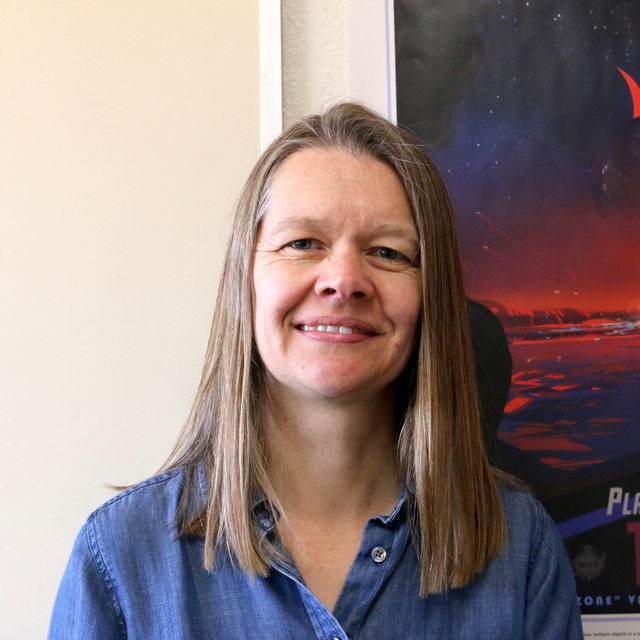
Keck Interferometer Observations of FU Orionis Objects
April 2006 • 2006ApJ...641..547M
Abstract • We present new K-band long-baseline interferometer observations of three young stellar objects of the FU Orionis class, namely, V1057 Cyg, V1515 Cyg, and Z CMa-SE, obtained at the Keck Interferometer during its commissioning science period. The interferometer clearly resolves the source of near-infrared emission in all three objects. Using simple geometric models, we derive size scales (0.5-4.5 AU) for this emission. All three objects appear significantly more resolved than expected from simple models of accretion disks tuned to fit the broadband optical and infrared spectrophotometry. We explore variations in the key parameters that are able to lower the predicted visibility amplitudes to the measured levels and conclude that accretion disks alone do not reproduce the spectral energy distributions and K-band visibilities simultaneously. We conclude that either disk models are inadequate to describe the near-infrared emission or additional source components are needed. We hypothesize that large-scale emission (tens of AU) in the interferometer field of view is responsible for the surprisingly low visibilities. This emission may arise in scattering by large envelopes believed to surround these objects.
Links
- SIMBAD https://simbad.u-strasbg.fr/simbad/sim-ref?querymethod=bib&simbo=on&submit=submit+bibcode&bibcode=2006ApJ...641..547M
- PREPRINT http://arxiv.org/abs/astro-ph/0512230
- DATA https://irsa.ipac.caltech.edu/bibdata/2006/M/2006ApJ...641..547M.html
- ELECTR https://doi.org/10.1086%2F500313
- SPIRES http://inspirehep.net/search?p=find+eprint+astro-ph/0512230



